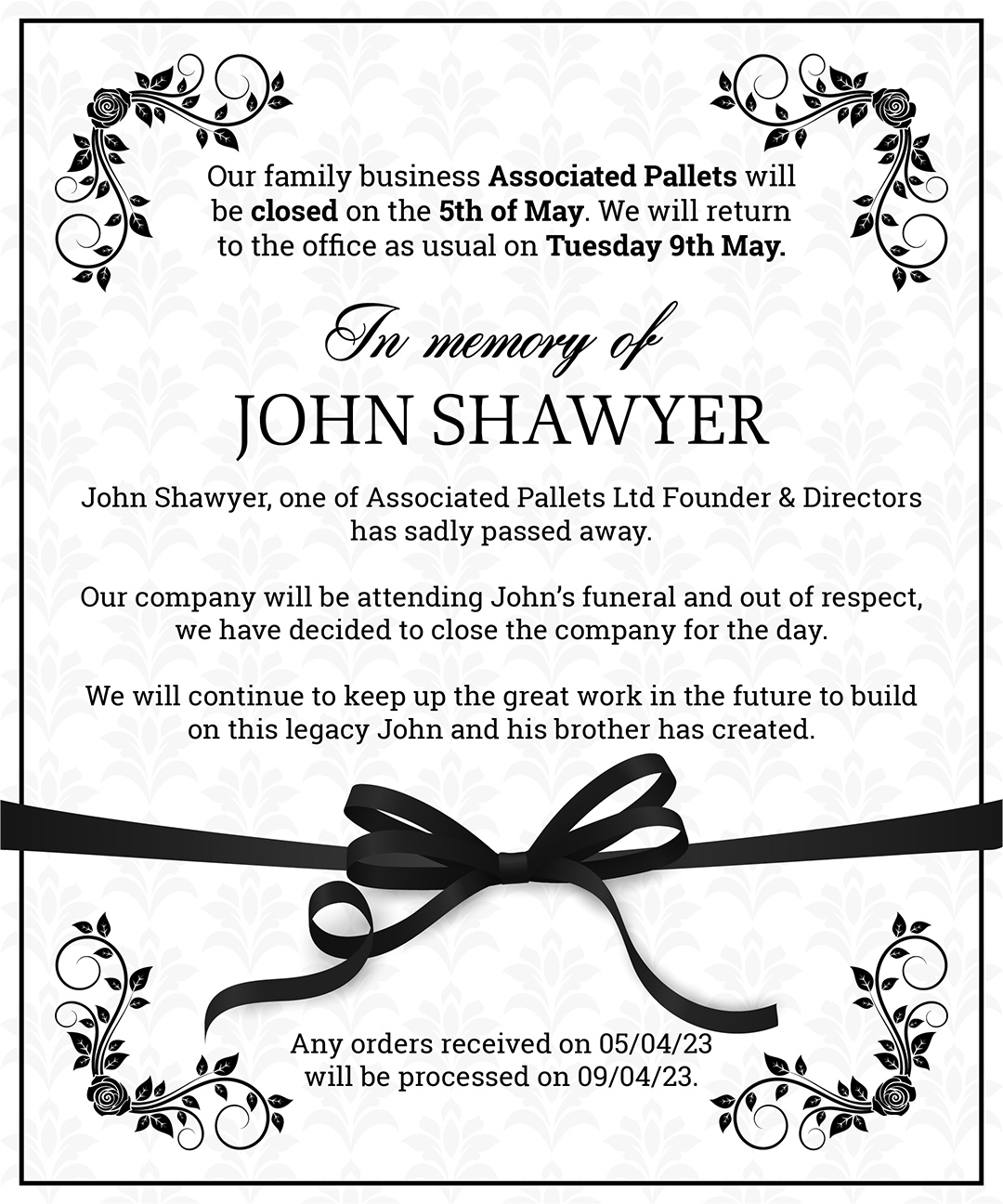How Plastic Pallets Are Manufactured
29 Feb 2020

Pallets can be made from a number of materials other than wood, such as plastic or metal. A plastic pallet is cheaper than a metal one and less prone to mildew and infestation than a wooden one, and it doesn’t absorb moisture. As a result, many businesses have been converting from wood to plastic for material-handling equipment.
There are six main processes for manufacturing a plastic pallet.
High-Pressure Injection Moulding
These pallets are usually made from copolymer polypropylene or high-density polyethylene (HDPE) resin.
The plastic and a colorant are melted together in a heated barrel that has a rotating screw. The melting temperature is around 250 degrees Celsius.
The plastic is injected into a mould and clamped under pressure. Once the pallet has cooled, it is ejected from the mould.
The main disadvantage of this process is its high cost in terms of energy use.
Structural Foam Moulding
This is a low-pressure form of injection moulding.
Inert gas nitrogen, carbon dioxide or another chemical blowing agent that will not react chemically with the plastic is introduced into the melted polymer.
This reduces the plastic’s density and produces a lighter product. The final product has a cellular core surrounded by a rigid material.
Its weight may be between 10 and 30 per cent lower than a solid plastic pallet.
Thermoforming
Thermoforming is a long-standing process for moulding plastics and can produce a precision mould. A vacuum suction draws and presses thermoplastic sheets into single face moulds.
These can be produced rapidly with simple or a complex design. The pallet can be custom-made with precision using automated rollers and CNC routers.
This process can produce twin-sheet thermoform pallets that are hollow on the inside. These are lightweight and substantially cheaper than solid pallets.
However, rain and other liquids can penetrate the interior, so they should be used in covered environments.
Compression Moulding
Compression moulding is a cost-effective way of producing new plastic pallets.
It involves less wasted material than injection moulding, and lower tooling and labour costs.
The plastic material is placed in a heated mould and pressure is applied so that the plastic fills all of the mould areas and cavities.
The pressure is maintained until the material has cured. Various recycled materials, such as plastics, rubber and synthetic resins, may be used in this process
Rotational Moulding
Pallets are the most common products of the rotational moulding process.
The process begins with a powder or granular plastic material that is loaded into a mould. The mould is sealed, heated and rotated on two axes perpendicular to each other.
The material distributes and fuses around the mould, then cools and is ejected as a pallet shape.
Linear low-density polyethylene (LLDPE) and cross-linked polyethylene (PVAXX) are used in this process.
Profile Extrusion
A pallet made by the profile-extrusion method resembles a wooden pallet.
The raw plastic is melted and forced though an extruder. After it has cooled, it is cut to size in plank-like shapes and fastened together with heat, nails or welds.
The advantage of this process is that it can use recycled materials to keep down costs. Wood fibre can be added to the material for extra rigidity.
